Victory/Brammo Race Isle of Man TT Zero
I have heard the future. And if you listen closely to the video snippet below, you will as well. It’s the whining sound barely discernable under the commentary on the loudspeaker and the beating rotors of the helicopter. That is John McGuinness rounding the corner at Creg-ny-Baa on his way to winning today’s Isle of Man TT Zero race, at a new lap record of over 119 mph. The snippet following that is of Lee Johnston on the Victory electric prototype. Johnston claimed third place at 111.620 mph, a stellar accomplishment for the American brand that is pressing forward into segments and markets virtually unthinkable just a few months ago. Johnston had been running increasingly faster laps throughout practice as he became more familiar with the bike, and he rode his fastest lap when it mattered most.
The electric TT record is now just a hair’s breadth from the mark set by the 650cc twin-cylinder Lightweights, and the progress from just a few years ago is breathtaking. Johnston reached 144.9 mph through Sulby, on the bike that is powered by Brammo battery modules and supported by Parker Racing, the makers of the electric motor, called the Parker GVM. The motor itself is cylindrical and sits behind the swingarm’s pivot point. The Parker GVM is just eight inches in diameter and five inches long, but generates 175hp, giving around 165hp at the rear wheel, and is 97% efficient.
Guy Martin, who was a last-minute sub for the injured William Dunlop, also posted his fastest electric lap of the week during the race, 109.717 mph, bringing the second Victory machine to fourth place in the TT Zero just shy of the 110 mph mark.
Earlier, after his first practice laps, Martin said “Interesting, interesting … yeah, it’s just …it’s just getting your head round what it’s doing. Just the momentum I think … just keeping the momentum up, don’t waste energy by braking late, or by braking at all, don’t even look at the brake lever, just roll off and let the regeneration do the work.” At least that’s what I think he said. After the race, Martin was thoroughly impressed. “It’s a proper fast bike,” he said. “The Victory boys judged it just right to use up all of the battery power as I came over the finish line. I’d need more time to properly get my head around it but I’m happy to have had the opportunity to ride it.”
In the paddock, I spoke to Brian Wismann, who carries the dual roles of Victory TT Team Manager, as well as Director of Product Development at Brammo, and he was clear that this effort is just the beginning, and Victory’s goals are pragmatic but with a long view.
“Our first goal was to rack up a 100-mph lap, and we did that in the first practice,” said Wismann. “But the riders are so accomplished, they turned it up to 115%, and we had to deal with the energy deficit that high speeds create and make some adjustments.”
Precise battery power settings on these prototypes are proving crucial to success. Victory went conservative with the power output in the first practice session, then turned up the power for practice before the race. Both Johnston and Martin were forced to slow considerably on the last leg of the lap. In fact, Johnson ran out of battery power on pit lane after his lap.
To that point, Wismann added, “This year is about maximizing performance of the current machine, get great data and experience, and go back to work in the States. It is unimaginable what will happen over the next five years.” Indeed.
Speaking of the race in general, a total of 10 electric motorcycle teams made it to the Isle. Of those, seven entered the race, including two student-run university teams. In total, five riders were able to post a “ton-up” lap (a lap average over 100 mph): McGuinness and Anstey, Johnston and Martin, and Robert Wilson for Team Sarolea Racing from Belgium.
It is a thrill, as an American at the TT, to see a proudly American motorbike brand compete and get a podium at the world’s most challenging race course on a beautifully turned-out and competitive technological tour de force machine. As for the future of electric motorcycle racing, I agree with Victory’s Wismann. The next five years will be remarkable.
But I still suggest that the TT Zero formula should encourage progress, and that the next hurdle is less about speed and more about endurance. In olden times, Chicago Cubs baseball legend Ernie Banks would enthusiastically bound into the dugout and exclaim, “It’s a beautiful day, let’s play two!” Let’s follow Ernie’s exhortation. Make the race two laps next year.
2015 Isle of Man TT: TT Zero Results | ||||
Pos. | Rider | Machine/Team | Time | Speed |
1 | John McGuinness | Mugen | 18:58.743 | 119.279 mph |
2 | Bruce Anstey | Mugen | 19:02.785 | 118.857 mph |
3 | Lee Johnston | Victory | 20:16.881 | 111.620 mph |
4 | Guy Martin | Victory | 20:37.987 | 109.717 mph |
5 | Robert Wilson | Sarolea | 21:15.256 | 106.510 mph |
6 | Michael Sweeney | University of Nottingham | 30:56.695 | 73.156 mph |
More by Andrew Capone



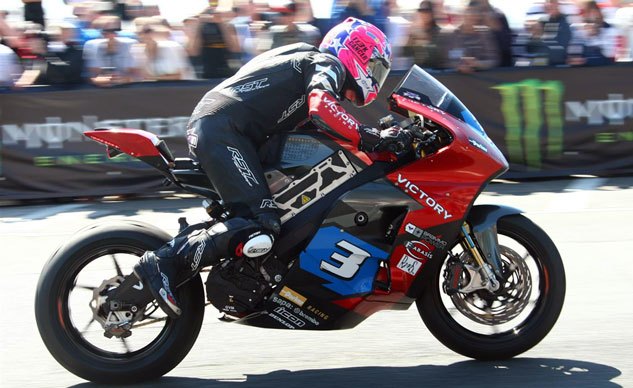
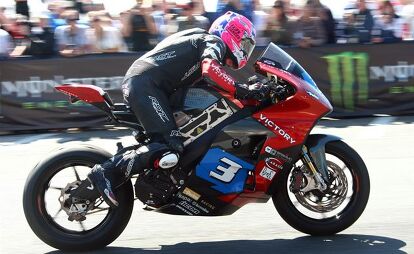
















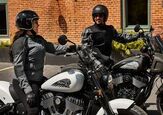
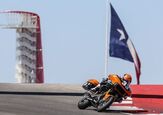
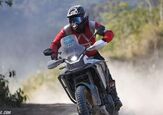
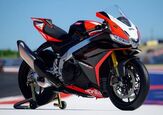

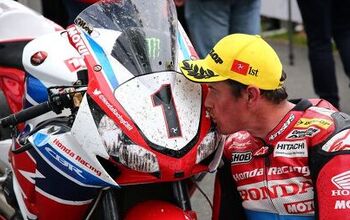
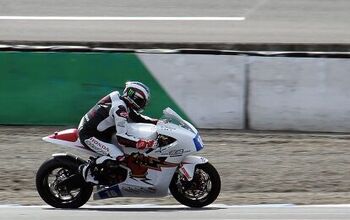
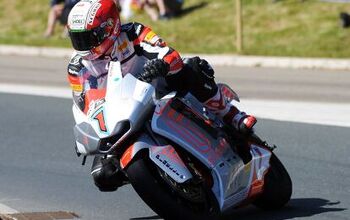
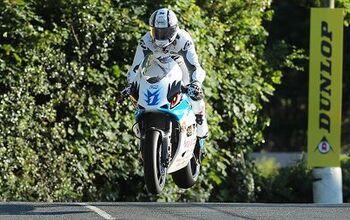

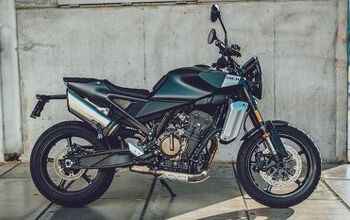
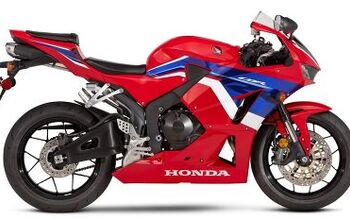
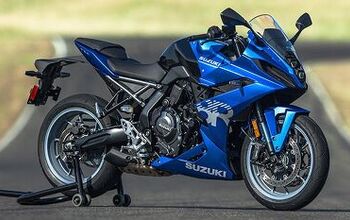

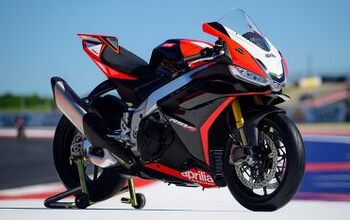
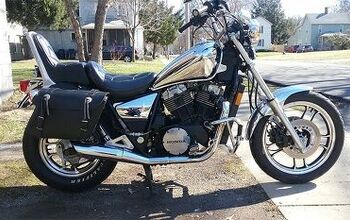

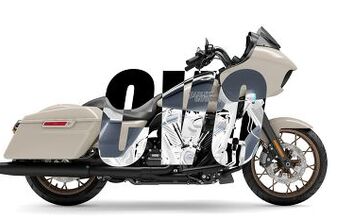

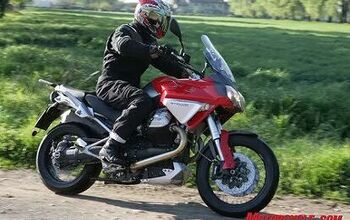
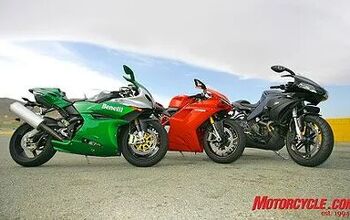
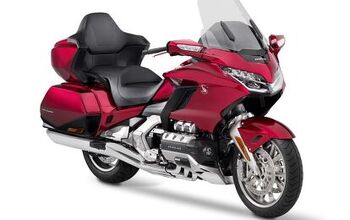
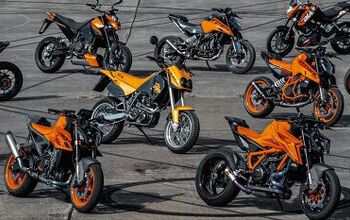
Comments
Join the conversation
I'd like to see two laps, as well. Though, if that meant slowing down I'd be a little concerned. I think for electric racing to move forward it needs to be viable from a spectator point of view and I'd think that everyone who goes to see the TT is expecting to see bikes moving insanely fast. If the bikes were hustling along at only 80 mph or what have you, in an effort to keep battery, I think there would be a risk of having people dismiss it.
Related to that, I hope Victory can secure top riders again next time. I think that really helps draw an audience and when you have these riding greats like Martin and Johnston standing there, talking in mild surprise at how fast and clever the bikes are, I think that really helps push electric bikes forward.
Great to see an American company being competitive. Go Victory!